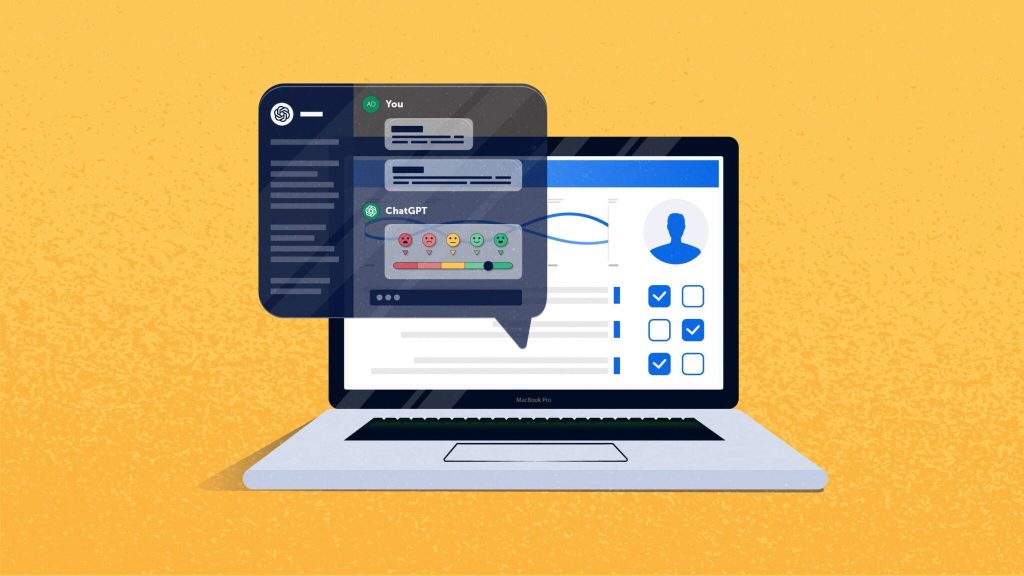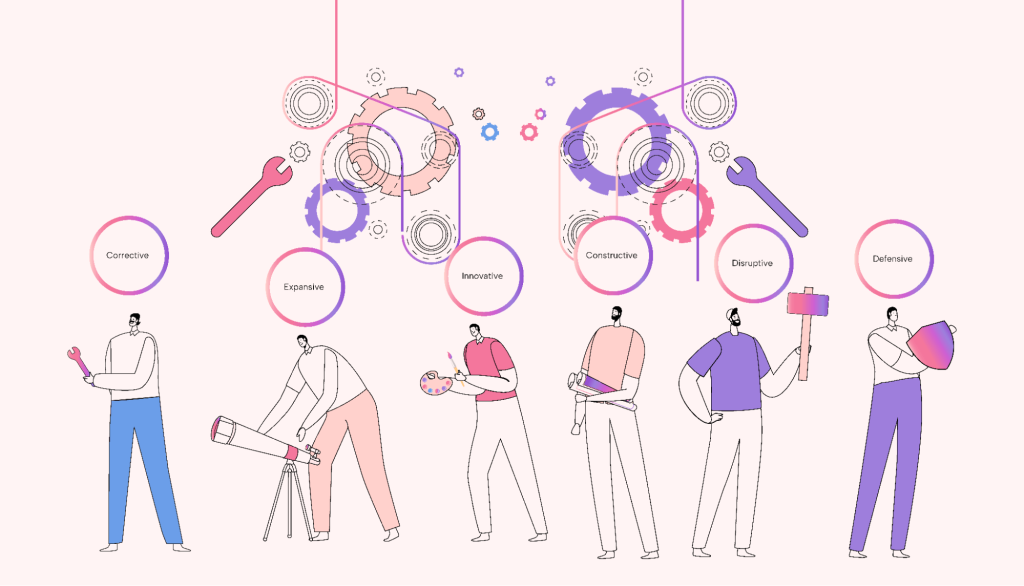Time is one of the most valuable resources in any workplace, yet it’s often misused without anyone noticing. From unnecessary meetings to constant tech glitches, time-wasters in the office can quietly drain productivity, hurt team morale, and impact business goals. What makes it worse is that many of these habits have become so routine that we overlook them altogether.
Whether you’re a team leader, a manager, or an employee trying to stay ahead of the curve, recognizing these daily distractions is the first step toward fixing them. In this blog, we’ll uncover the top 10 office time-wasters and offer practical tips to help you take back control of your workday—one small change at a time.
1. TV and Podcasts

It may seem harmless to have a TV playing quietly in the background or a podcast running while working, especially during repetitive tasks. But even passive listening can split your focus and impact productivity. Your brain is constantly switching between concentrating on work and absorbing information from the show or podcast—creating mental fatigue faster than you realize.
What to do about it:
Reserve podcasts and TV for breaks or downtime. If you prefer background noise, opt for instrumental music or ambient sounds that don’t demand attention. Setting boundaries around media consumption during work hours helps maintain mental clarity and task focus.
2. Meetings

Meetings are meant to foster collaboration and communication. However, when poorly planned or overly frequent, they can be one of the biggest time-wasters in any office. Long-winded discussions, lack of clear agendas, and inviting people who don’t need to be there all contribute to lost time and reduced focus.
What to do about it:
Schedule meetings only when necessary and ensure every meeting has a purpose. Stick to a strict agenda, set time limits, and only invite essential participants. Consider asynchronous communication tools like Slack, Trello, or internal updates for topics that don’t require live discussion.
3. Helicopter Bosses

Micromanagers or “helicopter bosses” constantly hovering over employees can disrupt workflow and create a culture of anxiety and second-guessing. When workers feel watched at every step, they struggle to focus or take initiative. It kills autonomy and wastes time on over-explaining every decision.
What to do about it:
For leaders: Build trust with your team. Set clear expectations and allow employees the space to meet them. For team members: Communicate proactively. Regular check-ins and progress updates can reassure managers without constant oversight. Promote a culture of accountability over control.
4. Social Media

From checking a quick notification to scrolling “just for a minute,” social media is one of the most addictive and stealthy productivity killers. The endless scroll can lead to wasted hours before you even notice, and it breaks your concentration every time you return to your actual tasks.
What to do about it:
Turn off social media notifications during work hours and use browser blockers or productivity apps like Freedom or Cold Turkey to restrict access. Designate short social media breaks if needed, but keep them structured and timed. If social media is part of your job, schedule specific windows to engage with it mindfully.
5. IT Problems

Few things derail productivity like persistent IT issues—slow computers, software crashes, poor internet connectivity, or system downtime. Not only do these technical glitches stall your workflow, but they also create frustration that can linger long after the issue is resolved.
What to do about it:
Invest in reliable hardware and software. Ensure your company has a responsive IT support team or outsourced service. Regular maintenance, software updates, and proactive cybersecurity measures help prevent many common problems. Encourage employees to report tech issues early so they don’t pile up.
6. Decision Overload

Constantly making decisions—big or small—can exhaust mental energy. From choosing what task to tackle next to navigating project changes, decision fatigue can lead to slower thinking, reduced accuracy, and avoidance behavior. Over time, this drain can severely impact productivity and morale.
What to do about it:
Simplify your day with routines and prioritization systems. Use tools like to-do lists, time-blocking, or the Eisenhower Matrix to reduce the number of decisions you need to make. For teams, define roles clearly and establish decision-making protocols to prevent endless back-and-forths.
7. Gaming

While office gaming might be uncommon in traditional workplaces, it’s increasingly present in hybrid or remote settings. Quick gaming breaks can quickly turn into extended distractions—especially when games are easily accessible on the same devices used for work. It affects not just time but also focus and motivation.
What to do about it:
If gaming is a temptation, set personal rules or use productivity apps to limit access during working hours. If breaks are needed to recharge, opt for a short walk or mindfulness activity instead. Employers can also create clear work-from-home policies that help balance personal freedom with professional responsibility.
8. Productivity Theater

“Productivity theater” is when employees appear busy—attending endless meetings, sending constant emails, or updating task boards—without actually moving the needle on meaningful work. It creates the illusion of productivity but delivers little to no real value. Over time, it leads to burnout, frustration, and missed goals.
What to do about it:
Shift the focus from visibility to outcomes. Encourage teams to track and share measurable results instead of busywork. Create a culture where deep work is respected, and performance is judged by what’s accomplished—not how visibly occupied someone appears. Streamline tools and workflows to reduce redundant updates.
9. Overworking

Working long hours might seem like a path to higher productivity, but the opposite is often true. Chronic overworking leads to fatigue, poor decision-making, and decreased creativity. It also blurs boundaries between work and personal life, eventually causing burnout and higher turnover.
What to do about it:
Promote a healthy work-life balance. Encourage breaks, reasonable workloads, and flexible hours when possible. Managers should lead by example—logging off on time and taking time off when needed. Tools like time-tracking apps can also help employees monitor and manage their working hours effectively.
10. Disorganization

Cluttered desks, messy file systems, and disorganized digital spaces create unnecessary friction in daily work. Time is lost searching for documents, switching between tasks, or trying to recall where something was saved. Disorganization slows down progress and increases stress.
What to do about it:
Build systems for both physical and digital organization. Use naming conventions, structured folders, and project management tools to keep everything in order. Schedule a few minutes daily or weekly to tidy up and stay on top of clutter. When your environment is organized, your mind follows suit.
Identify Your Time Wasters and Start Creating Better Work Habits Today
You don’t have to keep feeling overwhelmed, always racing against the clock and buried in chaos.
By recognizing your top office time-wasters and taking practical steps to cut them down, you can boost productivity and bring balance back into your day.
One of the smartest ways to stay focused and build better work habits is by using an all-in-one project management tool like Corexta. With features like time tracking, goal setting, and customizable workflows, Corexta helps you eliminate distractions, stay organized, and get more done—without the stress.
Take back control of your time, sharpen your focus, and create the work-life balance you deserve. Try Corexta for free today and start working smarter.










